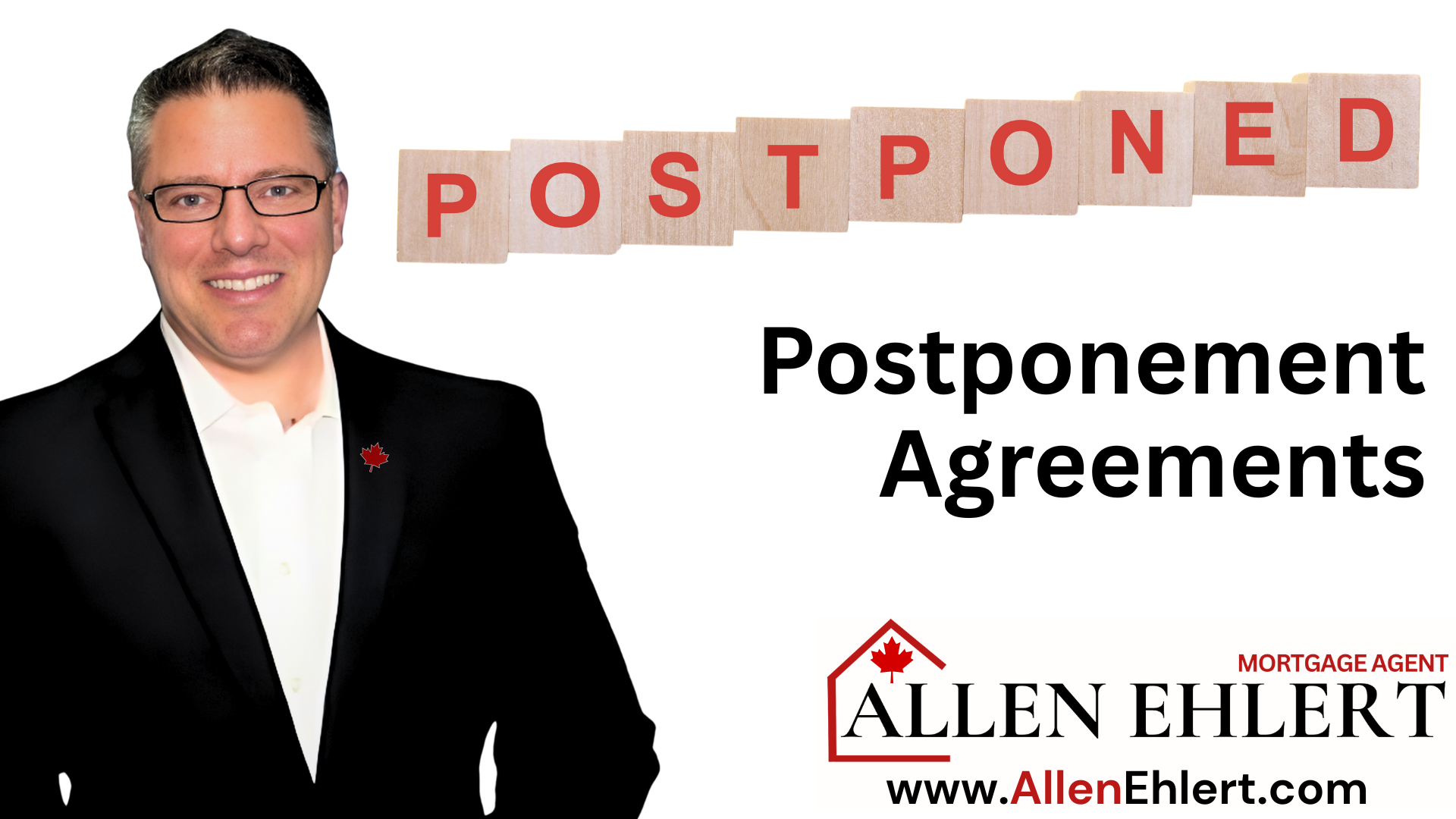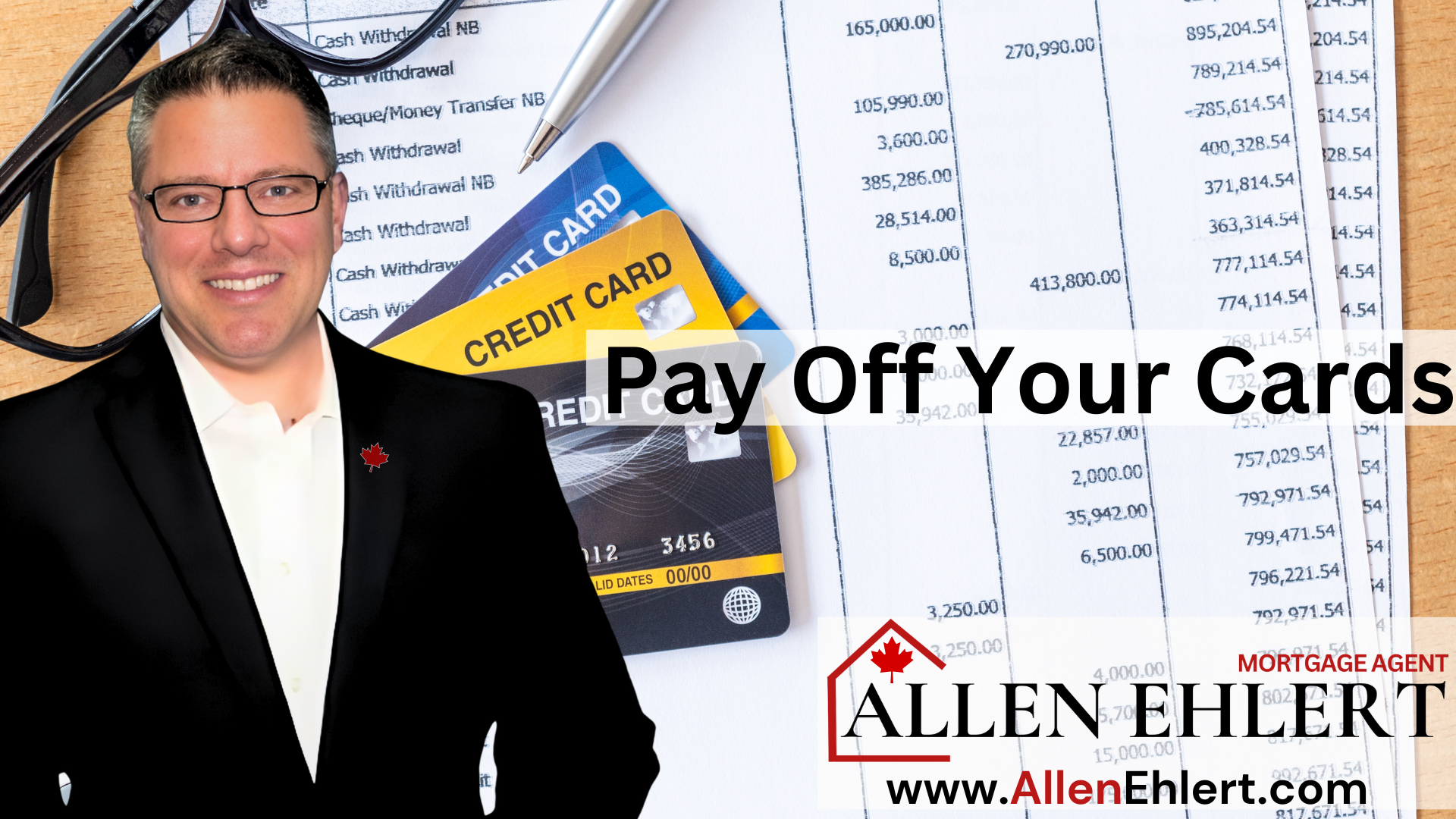In Ontario, Canada, the obligations to pay when a mortgage payment is missed differ between a guarantor and a co-signer. Understanding the differences between these roles can help clarify the responsibilities involved in guaranteeing or co-signing a mortgage.
Guarantor
A guarantor is someone who agrees to pay the mortgage if the borrower defaults. However, the guarantor’s obligation to pay only arises if the lender has exhausted all options to recover the debt from the borrower.
Key Features of a Guarantor:
- Secondary Responsibility: The guarantor’s obligation to pay is secondary to the borrower’s. The lender must first attempt to collect from the borrower before approaching the guarantor.
- Limited Liability: The guarantor’s liability typically does not extend beyond what is specified in the guarantee agreement.
- No Ownership: The guarantor does not have any ownership interest in the property.
Obligations When a Payment is Missed:
- The lender must pursue the borrower for payment first.
- If the borrower cannot pay, the lender may then require the guarantor to pay.
- The guarantor may also be liable for additional costs, such as legal fees, if they are stipulated in the agreement.
Pursuing Borrower for Payment First
In Ontario, before a lender can pursue a guarantor for a mortgage default, they must first attempt to collect the debt from the primary borrower. The specific steps a lender should generally take include the following:
1. Notify the Borrower
The lender typically issues a demand letter or a notice of default to the borrower, informing them of the missed payment and the lender’s intention to enforce the mortgage terms if the payment is not made.
2. Provide a Grace Period
Most mortgages include a grace period during which the borrower can make the missed payment without facing further consequences. The lender should wait for this period to lapse before taking further action.
3. Offer Alternative Payment Arrangements
The lender might offer alternative arrangements, such as a payment plan or forbearance, to give the borrower a chance to catch up on missed payments.
4. Begin Power of Sale or Foreclosure Proceedings
If the borrower fails to rectify the default, the lender may initiate legal action to recover the debt through either:
- Power of Sale: The lender sells the property to recover the outstanding mortgage balance. This process is quicker and more common in Ontario.
- Foreclosure: The lender takes ownership of the property and sells it to recover the debt. This process is less common and more time-consuming.
5. Sell the Property
In a power of sale or foreclosure, the lender sells the property. The proceeds from the sale are used to pay off the outstanding mortgage and related costs.
6. Determine the Shortfall
After the property is sold, if the proceeds are insufficient to cover the outstanding mortgage, the lender determines the shortfall amount.
7. Pursue the Borrower for the Shortfall
The lender attempts to collect the remaining debt from the borrower through methods such as:
- Demanding Payment: The lender may issue a demand for the remaining balance.
- Negotiating a Settlement: The lender may negotiate a settlement for a portion of the remaining balance.
- Suing the Borrower: The lender may sue the borrower to obtain a judgment for the remaining balance.
8. Pursue the Guarantor
Only after exhausting efforts to collect from the borrower can the lender then pursue the guarantor. The steps the lender might take include:
- Notify the Guarantor: The lender typically notifies the guarantor of the borrower’s default and demands payment.
- Legal Action: If the guarantor does not pay, the lender may sue the guarantor to recover the shortfall.
Key Points:
- Exhaust Remedies: The lender must first exhaust their remedies against the borrower before pursuing the guarantor.
- Evidence of Default: The lender should have clear evidence that the borrower cannot or will not pay the remaining balance.
- Legal Process: The lender’s efforts to collect from the borrower should involve formal legal processes to establish that the borrower cannot pay.
The exact procedures may vary based on the terms of the mortgage agreement and the specifics of the situation, but generally, the lender must make a reasonable effort to collect from the borrower before holding the guarantor responsible.
Co-signer
A co-signer is someone who signs the mortgage agreement along with the primary borrower. The co-signer and the borrower share equal responsibility for the debt.
Key Features of a Co-signer:
- Joint Responsibility: The co-signer has joint liability for the mortgage. This means both the borrower and the co-signer are equally responsible for the debt.
- Direct Obligation: The lender can pursue the co-signer directly for missed payments without first seeking repayment from the borrower.
- Potential Ownership: The co-signer may have an ownership interest in the property, depending on the agreement.
Obligations When a Payment is Missed:
- The lender can immediately seek repayment from either the borrower or the co-signer when a payment is missed.
- The co-signer is equally liable for the debt and may face the same consequences as the borrower for missed payments, including damage to their credit score and potential legal action.

Comparison of Obligations
Order of Liability
- A guarantor is only liable after the lender has pursued the borrower.
- A co-signer is liable immediately alongside the borrower.
Ownership
- A guarantor has no ownership interest.
- A co-signer may have an ownership interest.
Direct Recourse:
- A guarantor is liable only if the borrower defaults and the lender has tried to collect from the borrower first.
- A co-signer is liable concurrently with the borrower.
In summary, while both roles involve agreeing to be responsible for a mortgage, a co-signer is directly liable along with the borrower, whereas a guarantor’s liability is conditional upon the borrower’s default and the lender’s inability to recover the debt from the borrower.












